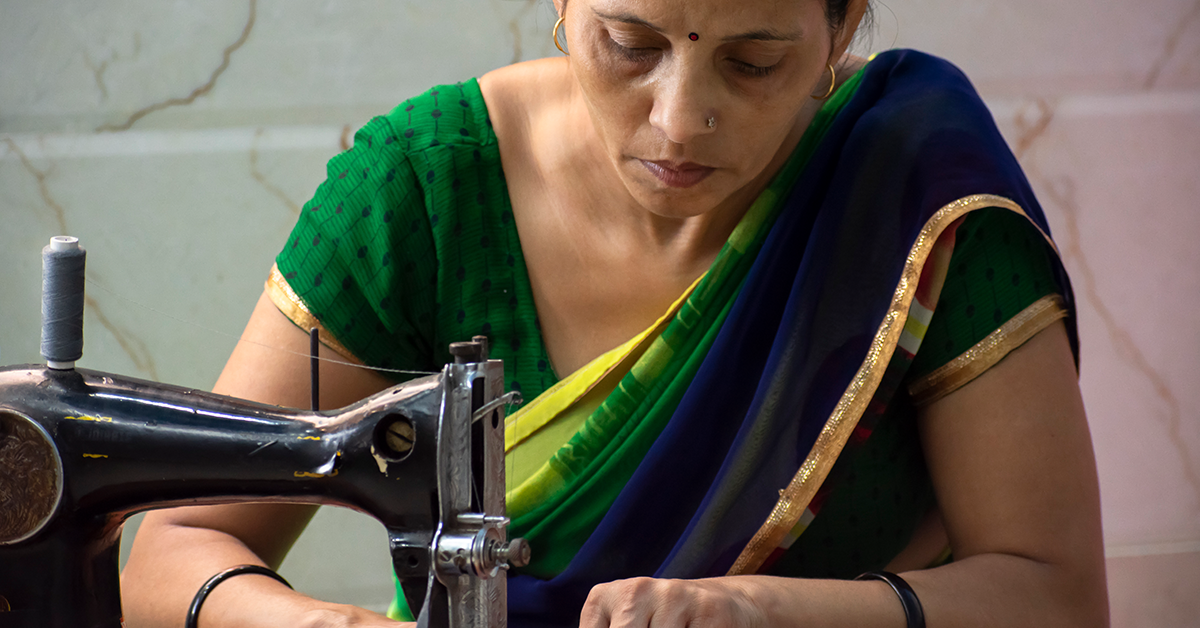Sometimes a wrist fracture is more than it seems – it can be the first warning sign that you have osteoporosis. It is important to recognise that it is not normal to break a bone after a fall from standing height. A fracture in one of these three places can affect your independence differently. Let’s look at what these fractures might mean for you.
| FRACTURE TYPE | HOW IT CAN IMPACT YOU |
|
Wrist fracture
|
|
|
Spine fracture
|
|
|
Hip fracture
|
|
A broken bone or consistent back pain can mean more than you think, and should be investigated properly. If you are over the age of 50, and have had a broken bone after a minimal trauma such as a fall from a standing height – remember, it is always a good idea to follow up with your doctor.



References – Take care of your bone health over 50
1 International Osteoporosis Foundation. Facts and statistics. osteoporosis.foundation/facts-statistics.
2 Bone Health & Osteoporosis. Healthy bones for life - Patient’s guide. 2014. bonehealthandosteoporosis.org/healthy-bones-for-life.
3 International Osteoporosis Foundation. Osteoporosis.Risk.Check. riskcheck.osteoporosis.foundation.
4 International Osteoporosis Foundation. Love your bones: Protect your future. 2016. osteoporosis.foundation/educational-hub/material/brochures.